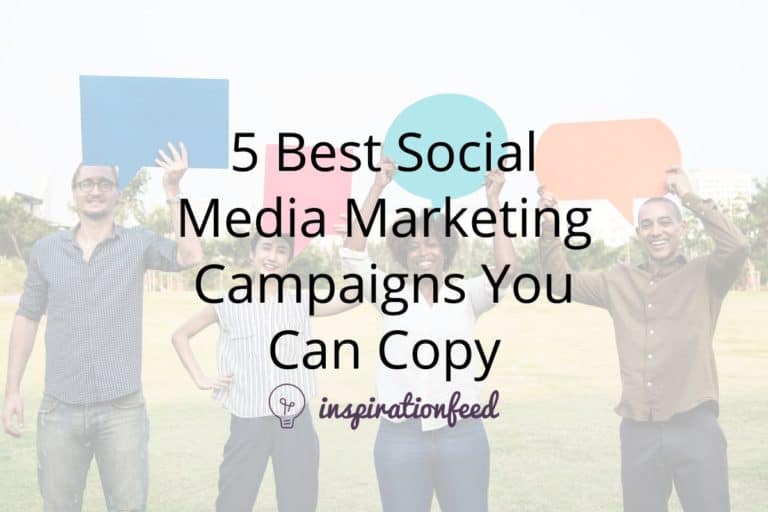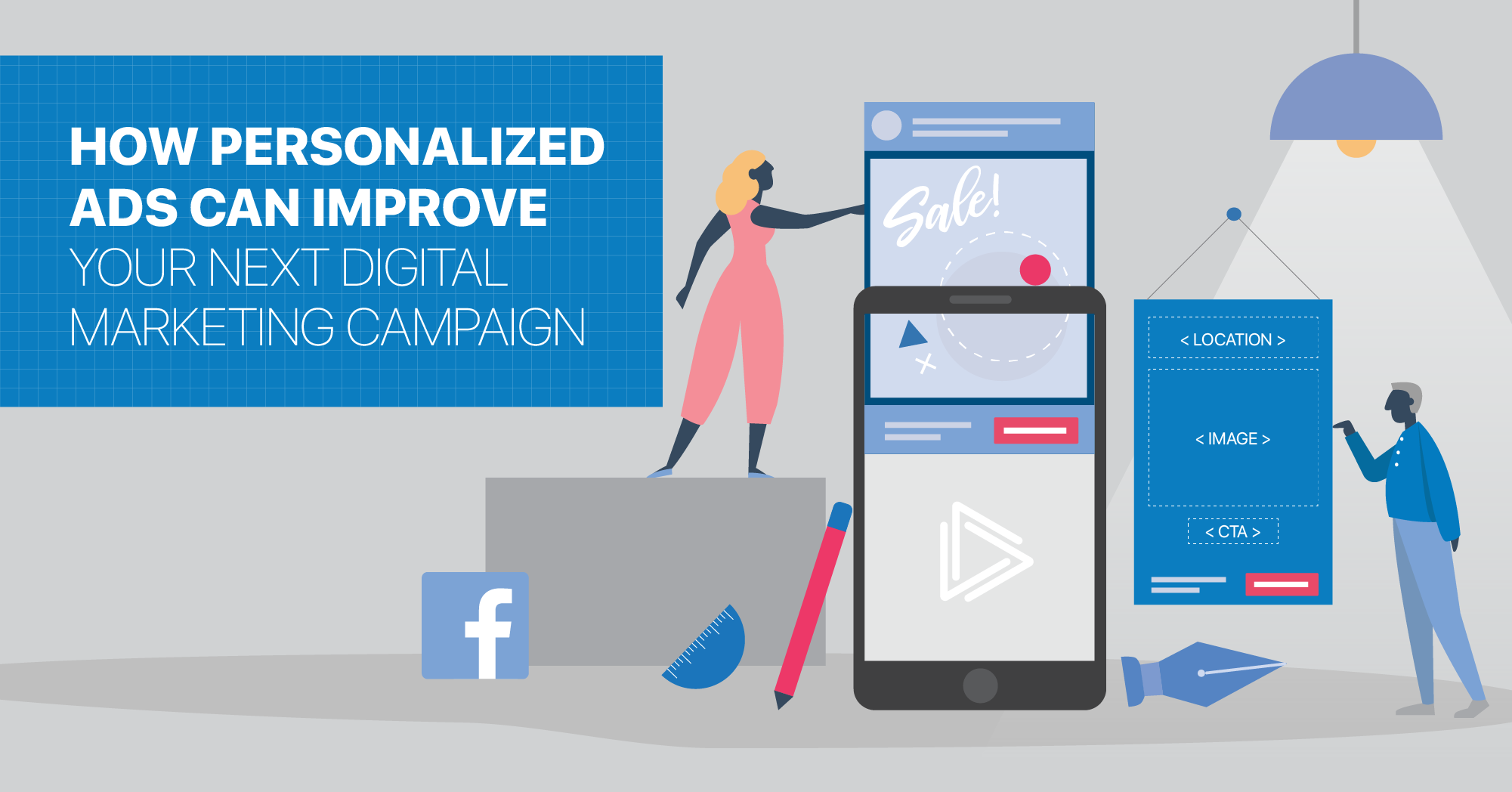Step 1: Define Your Social Media Campaign Goals
Take time to go over your analytics to see what worked and what didn't work. Maybe all of your early morning posts did really well and your mid-afternoon posts totally flopped. Or one type of visual content or messaging had higher engagement than another. Then, use that knowledge to adjust your tactics for the next campaign.
 Not every
social
media campaign will have all of these steps, but it's a good baseline. Your social media activity should be tightly integrated with your overall inbound marketing plan. Which means, don't lose sight of your end goals for more visits, more leads, more customers.
Not every
social
media campaign will have all of these steps, but it's a good baseline. Your social media activity should be tightly integrated with your overall inbound marketing plan. Which means, don't lose sight of your end goals for more visits, more leads, more customers.
Step 5: Create a Social Media Content Calendar
Publishing your content on social media can be a time-consuming task. And that's why many marketers choose to schedule their content in advance, making it easier to block out time each week to create your content and have it automatically post across your platforms at the time that you deem to be the most impactful. You can schedule your social content with semrush's social media toolkit. Start by connecting your chosen social networks:
once you have connected your channels, you will be able to schedule posts across each of these to have shares go out at your chosen time. We recommend setting aside a regular time in your calendar each week to schedule your social content for the coming days.

A content calendar can be used to outline what type of content to create and when to post it. Having a content calendar is important because it allows you to plan ahead, align your content with your business goals, and maintain a consistent brand voice. In addition, it helps you avoid last-minute scrambling and ensures that your social media presence is strategic and intentional. When creating a content calendar, there are a few basic principles to keep in mind: consider your audience’s preferences and interests. Incorporate a mix of content types, such as educational, entertaining, and promotional. Schedule content at optimal times to reach your target audience effectively.
A social media calendar is a planned overview of your upcoming social media posts, making it an important–and visible–addition to your social media content strategy. It can be organized in the form of a spreadsheet, google calendar, trello board, or live within your social media scheduling tool (see step 7!). Using a social media content calendar allows you to create a plan that is both thought-through and well-considered, as well as being reactive to the world events, trends, and customer insights that you might want to address. But, how do you create a calendar that actually works for you? plan around the key events in your marketing calendar , from product launches to sales.
After the content calendar is ready, you should start creating high-quality content for social media based on it. This could be in the form of blog posts, videos, images, infographics, or even live videos. When you’re writing blog posts on platforms like linkedin, you can leverage content writing tools and plagiarism detection tools to write stellar blog posts. These can help you create quality posts that will help you grow your reach and engagement. Similarly, while creating videos, you should leverage video creation tools such adobe premiere pro. While premiere pro might require some technical skills, boosted can be used by anyone.
Step 7: Schedule Your Content Using Social Media Management Tools
Consistently crafting excellent social media messaging campaigns is more than hiring creative marketers – it's also about implementing systems and processes that align the team. While plenty of social media management tools exist, gaggleamp is designed to increase engagement among larger teams. Instead of sending mass messages and hoping your team engages with branded content, you can send specific and personalized engagement requests to your teammates. This makes it easy to keep your entire team engaged and aligned on social media. To see for yourself how gaggleamp can help, schedule a demo today!.
Step 8: Manage Your Campaign
Refresh your creative energy by learning about the different types of social campaigns and studying examples from well-known brands. It’s the first step to developing and delivering your own effective, personalized campaigns. Adobe campaign lets you quickly and easily create and manage social media campaigns. View the entire customer journey on a single screen and use rich customer data to create, coordinate, and deliver dynamic social media campaigns that customers actually want. Take a tour to learn more about how adobe can help your next campaign.
What is personalized marketing
National provider identifier (npi) targeting involves selecting hcps via american medical association-recognized specialties, subspecialties, and more. National provider identifier (npi) targeting enables you to create highly personalized and relevant marketing campaigns for specific hcps based on their unique npi number. Leverage these tactics to help: improve engagement: by targeting hcps with content specific to their specialty, you can increase the likelihood of your marketing message resonating with your audience. Optimize marketing spend: npi targeting allows you to allocate resources more efficiently, focusing on hcps most likely interested in your products. Facilitate 3rd party channels: with npi widely used by 3rd party providers, it makes extending campaigns beyond in-house channels far easier and opens the door to integrating hcp-level response data.
Share on facebook image credit: shutterstock missed our webinar on email personalization? with email the undisputed marketing roi leader, you won’t want to miss this panel of experts and learn how personalization can dramatically increase open rates, click-through rates (ctr), and revenue. Access the webinar for free right here. We all like to pretend that we’re jaded sophisticates who are immune to digital marketing, but the truth is, a well-crafted email with a personal touch can still melt our hearts. Personalized emails have been shown to lift transaction rates 6x , though only 30 percent or so of companies use them. In a recent survey of 257 email marketers by venturebeat, the vast majority said that personalization boosted click-through rates.
It’s no secret that marketing means something different nowadays. Commercials have turned into 60-second instagram spots , direct mail flyers have been replaced with personalized email campaigns, and brands have traded celebrity endorsements for mom sponsored blog posts to rep their products. With this surge of consumer-centric marketing efforts, strategists must consider which platform is most effective for driving not only positive trending business results for their brands but personalized experiences for the consumer. Enter: influencer marketing.
Article first published february 2016, updated july 2019. As a marketer, you already know that personalization can lead to big wins in email marketing. Emails with personalized subject lines are 26% more likely to be opened , and marketers have found a 760% increase in email revenue from segmented campaigns. Even though there are heaps of articles about how personalization and dynamic content can lead to success , there’s still a lot of confusion about how to make it a reality. How can you send personalized emails if you don’t have information about your subscribers? read on to learn how you can integrate personalization into your email marketing campaigns and engage with your subscribers in a whole new way.
Think email marketing has gone the way of the dodo? think again. Email is far from being a digital dinosaur. In fact, it’s strutting its stuff, brandishing an eye-popping roi of $42 for every dollar spent. That makes it an indispensable tool in your inbound marketing toolbelt. But killer email marketing isn’t about flooding your tribe’s inbox with salesy blasts. No, it’s about dishing out value, cultivating connections and nudging your leads down the sales slide. Take a page out of airbnb’s book… airbnb doesn’t just push out sales emails. They roll out personalized recommendations rooted in users’ past bookings and searches, dish out guides to top-rated destinations, and update on safety protocols and cancellation policies.
Comments
Post a Comment